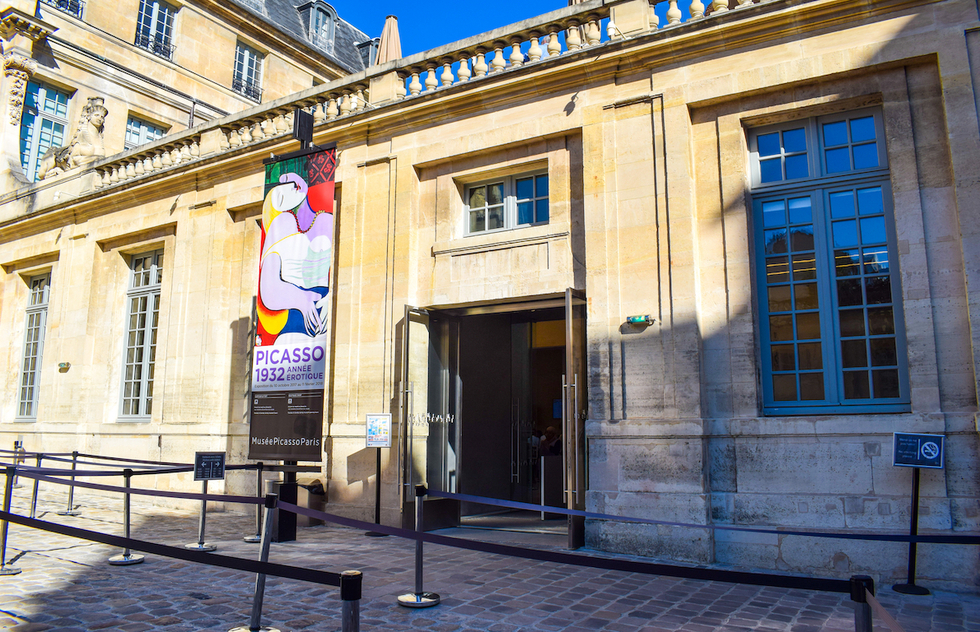This shrine to all things Picasso is in the stunning Hôtel Salé, a 17th-century mansion built by salt-tax farmer Pierre Aubert, whose position gave the mansion its name—salé means “salty.” This unique institution valiantly strives to make sense of the incredibly diverse output of this prolific genius: Some 400 carefully selected paintings, sculptures, collages, and drawings are presented in a more or less chronological and thematic order, no small task when dealing with an artist who experimented with every style, from neoclassicism to surrealism to his own flamboyantly abstract inventions. Impressionist portraits (Portrait of Gustave Coquiot, 1901), Cubist explorations (Man with Guitar, 1911), mannerist allegories (The Race, 1922), and deconstructionist forms (Reclining Nude, 1932) make up only part of his oeuvre, which has been estimated to include some 50,000 works. Not only that, Picasso often worked in wildly different styles during the same period, sometimes treating the same subjects. For example, the rounded yet realistic lovers dancing in La Danse des Villageois painted in 1922, hang next to two forms in a blaze of color representing The Kiss painted in 1925. There’s also a sampling of the somewhat disturbing portraits of the many women in his life, including portraits of Dora Maar and Marie-Thérèse, both painted in 1937. On the top floor is Picasso’s private collection, which includes works by artists he admired like Courbet and Cézanne, as well as paintings by his friends, who included masters like Braque and Matisse.
All in all, what you see on the walls is less than 10 percent of the 5,000 works in the museum’s collection; the presentation rotates every couple of years. Unless you enjoy waiting in long lines exposed to the elements, buy your ticket in advance online; you’ll usually walk right in with your e-ticket.






 About our rating system
About our rating system


